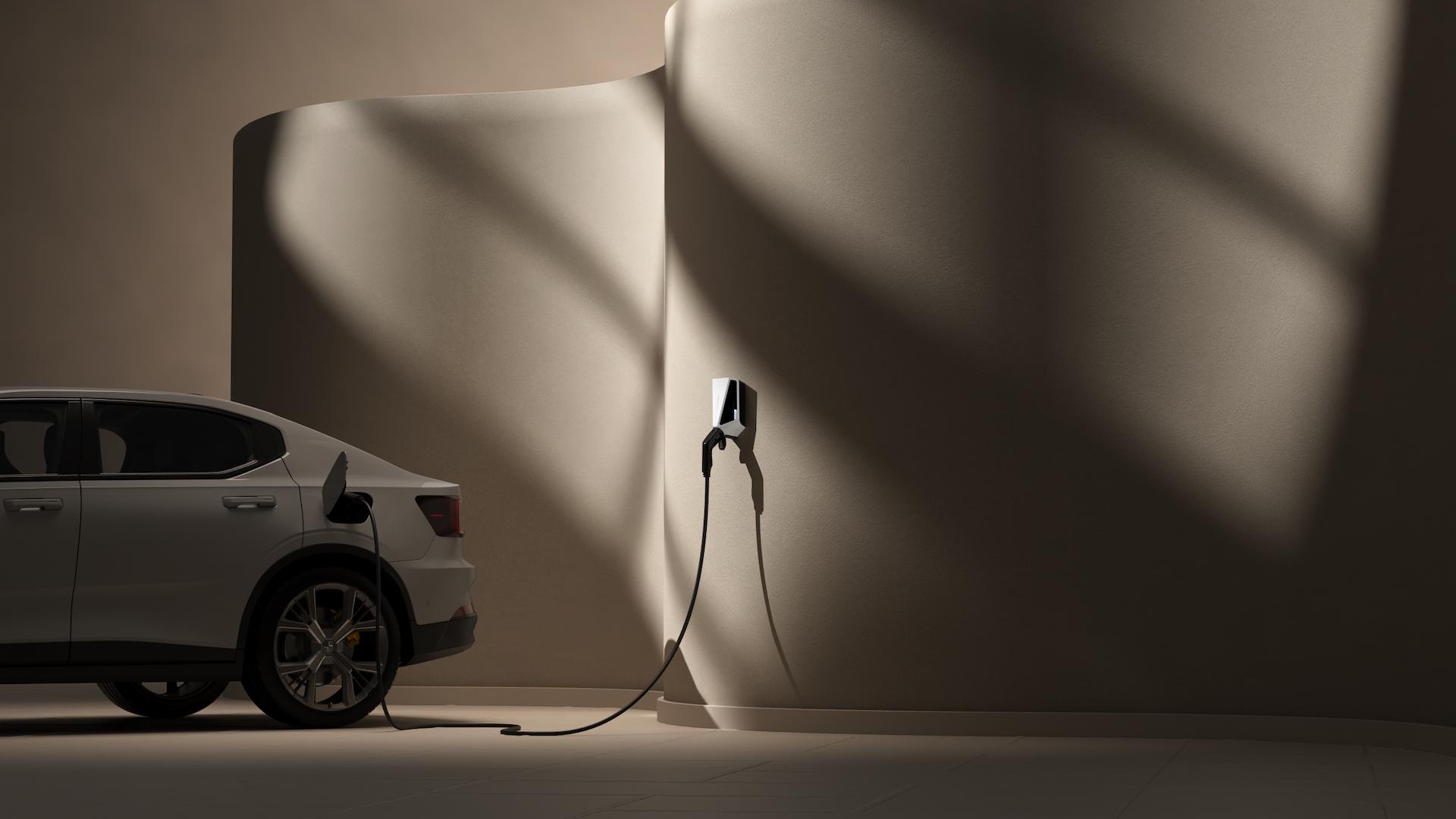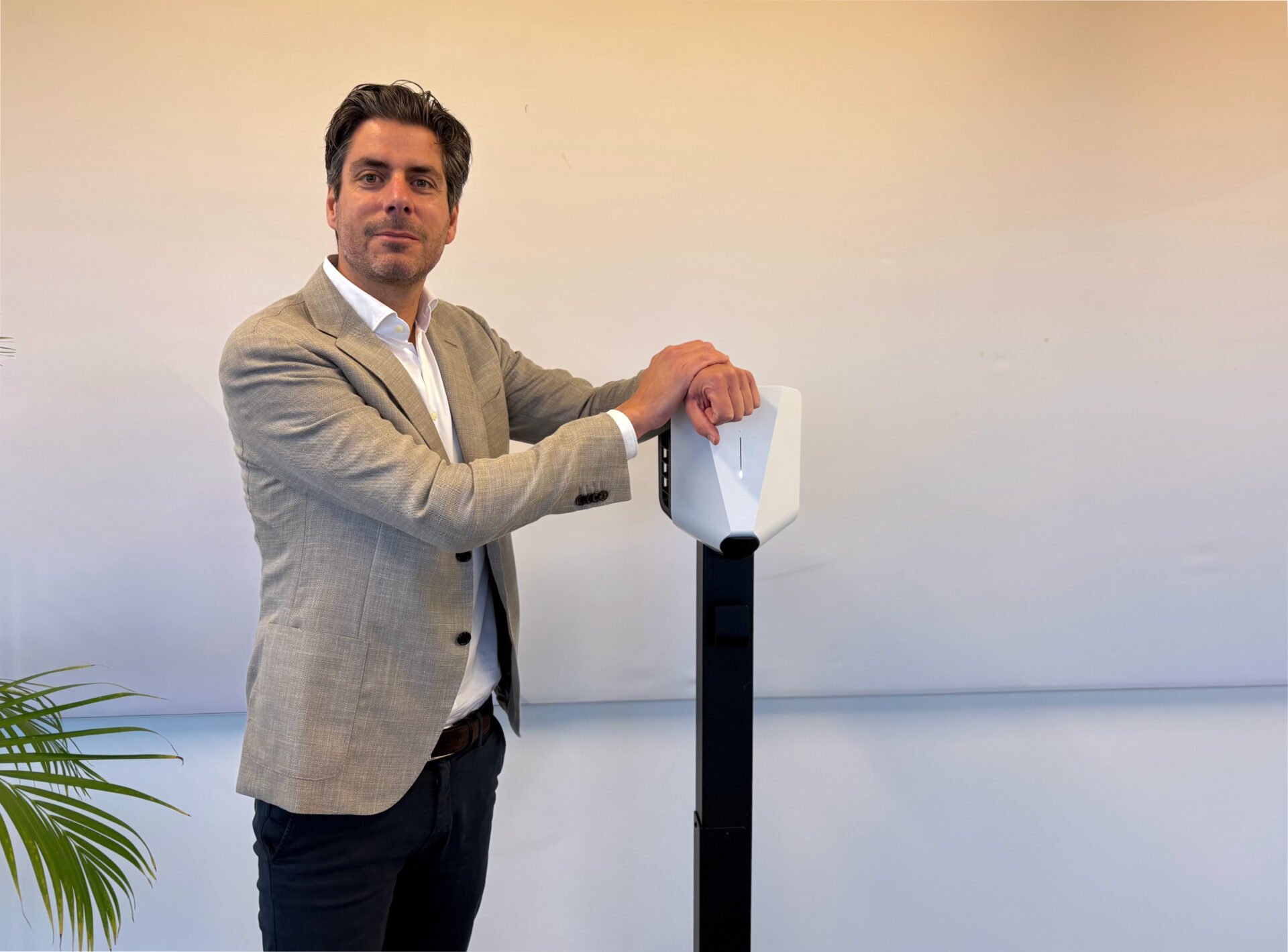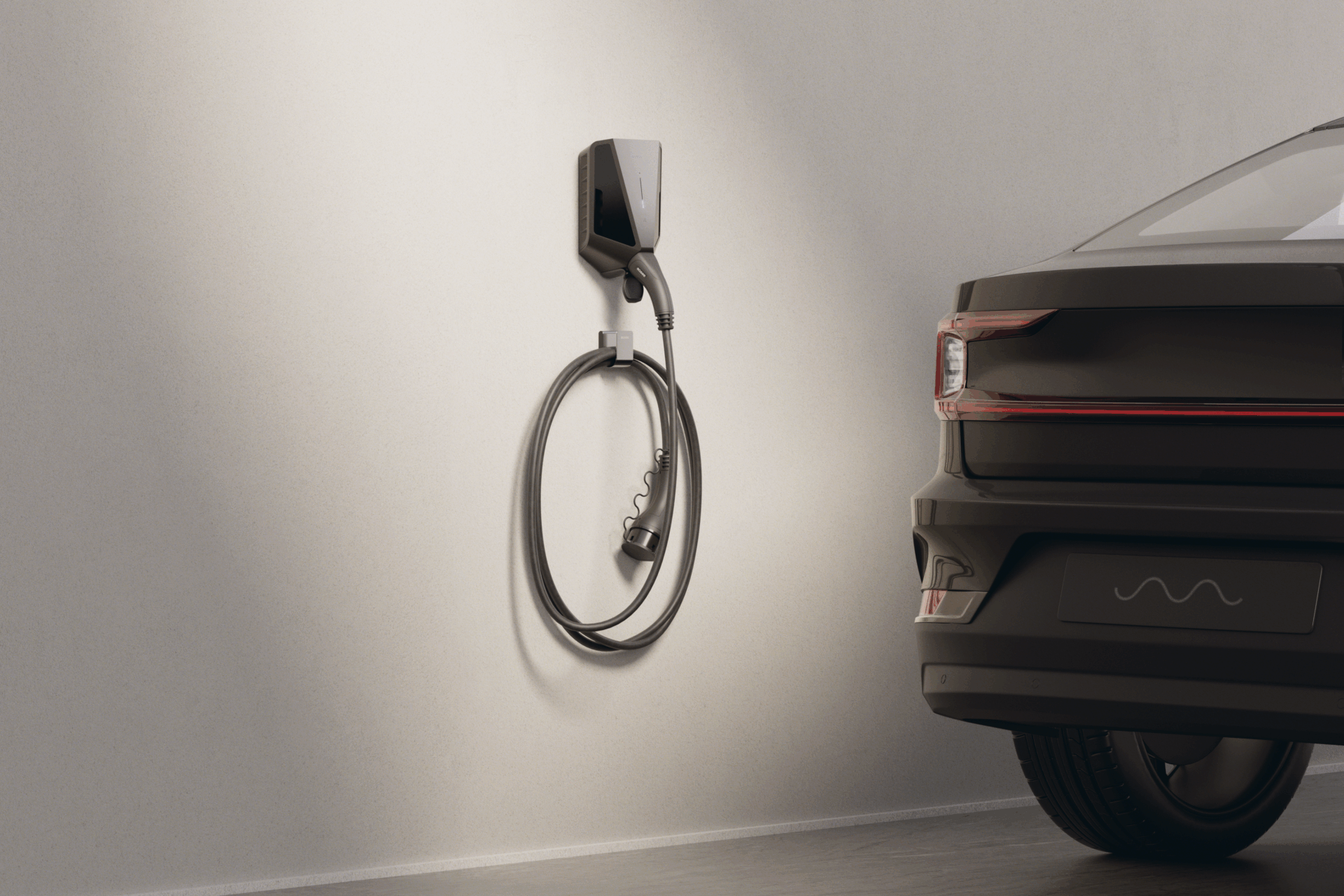Easee achieves EU cybersecurity compliance across its full charger range
EV charging technology company Easee has announced that its portfolio of smart EV chargers has fulfilled the EU Radio Equipment Directive (RED) cybersecurity requirements set out in EN 18031.
The assessment has been confirmed and documented by DEKRA, the internationally recognised testing and certification body. This means Easee’s chargers: One, Lite, Core, Up, Max and Pro now meet the gold standard for security in wireless and network-connected devices, in full compliance with the new Delegated Act of the Radio Equipment Directive (RED).
From 1 August 2025, RED cybersecurity requirements become mandatory across the entire EU market for radio-equipped products such as Wi-Fi, Bluetooth or cellular-connected devices. Achieving compliance now secures Easee’s ability to continue delivering innovative charging solutions to European customers without interruption. While many in the industry are still racing to comply, Easee has both met the deadline and set a new benchmark for efficiency and quality.
“Cybersecurity is safety. For critical infrastructure like EV charging, there can be no compromise” said Fridtjof F. Riege, Product Compliance Specialist at Easee. “DEKRA’s certification of our full range confirms that our products are secure by design, protecting devices, data and the grid. It also validates the exceptional work of our embedded team who delivered seven certified products in four months, a result that typically takes nine months for a single product. Compliance is our baseline. We go further with additional physical and digital protections that harden our products beyond the regulatory minimum.”
For customers, EN 18031 compliance provides reassurance that Easee chargers are engineered with robust safeguards against evolving cyber threats. The standard addresses key risks such as unauthorised access, data protection, update integrity and resilience against misuse. For partners and grid operators, it strengthens the security posture of charging networks as vehicle electrification scales.
In the absence of strong protections, networked chargers could be abused in ways that have physical, financial and systemic impacts. In a worst-case scenario, attackers might coordinate large numbers of chargers to trigger demand spikes on the grid or exploit insecure interfaces to harvest personal data and credentials. The RED cybersecurity provisions directly tackle these risks by requiring built-in protections, verifiable through harmonised European standards such as the EN 18031 series and third-party certification.
Easee’s conformance helps mitigate the chances of grid disruption, data breaches and knock-on economic losses, and fosters trust among consumers and stakeholders.
While testing one product typically takes nine months, Easee certified seven products in just four months. This accelerated programme ensures customers and partners benefit sooner from independently verified security measures.
On top of meeting EN 18031, Easee layers additional controls on top of the baseline requirements, including stringent secure-development practices, defence-in-depth architectures, and continuous security monitoring. Thanks to over-the-air (OTA) updates, the over 900,000 residential and commercial Easee chargers already in the field will be updated to this cybersecurity standard, ensuring the installed base remains protected as threats evolve




